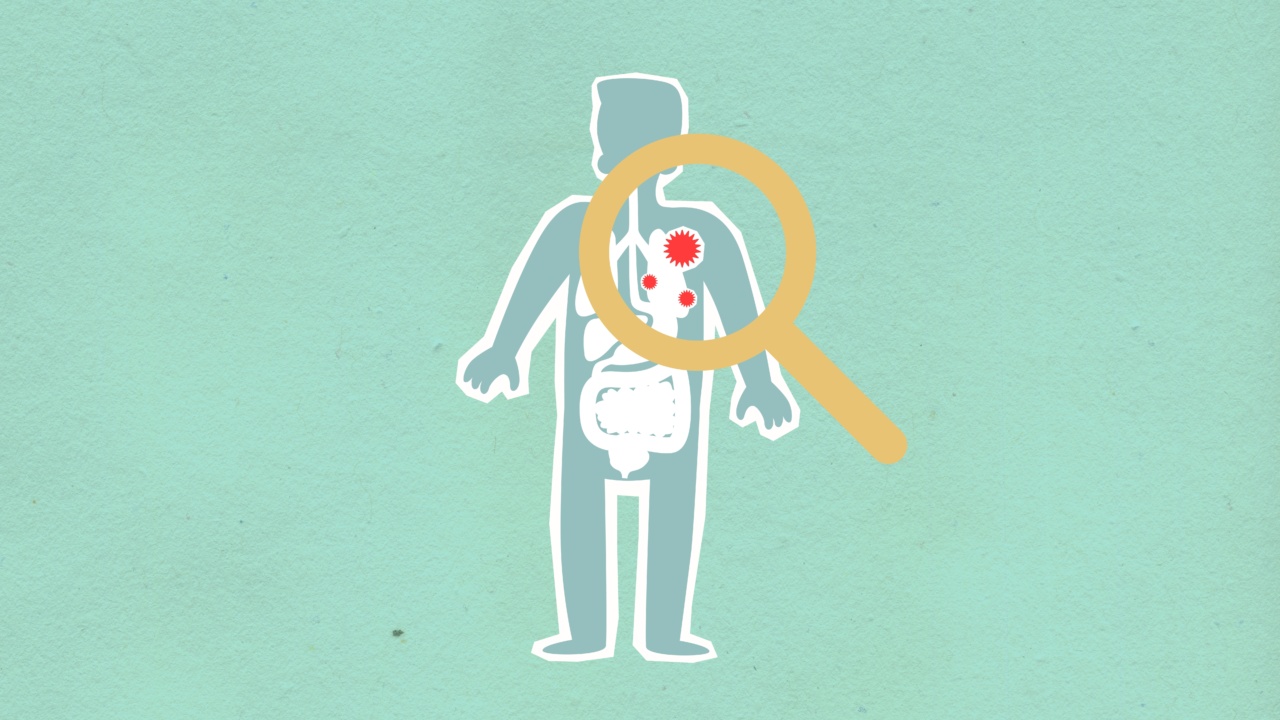Infections are a persistent threat to human existence, and throughout history, pandemics have wreaked havoc on societies. Understanding the origins and spread of these devastating diseases is crucial in combating future outbreaks.
This article takes a deep dive into the historical context of pandemics, exploring their causes, effects, and the measures taken to control and prevent their spread.
1. The Black Death: A Grim Beginning
The Black Death, also known as the Bubonic Plague, made its appearance in the 14th century and ravaged Europe, Asia, and Africa. Caused by the bacterium Yersinia pestis, it devastated populations, killing an estimated 75-200 million people.
The bacterium was primarily transmitted by fleas carried by black rats, which infested ships and traveled along trade routes, leading to the rapid spread of the disease.
2. Smallpox: A Global Scourge
Smallpox, caused by the Variola virus, plagued humanity for thousands of years. The disease was highly contagious and resulted in severe illness and sometimes death.
It was transmitted through direct contact with infected individuals or contaminated objects. The European colonization of the Americas led to the inadvertent introduction of smallpox to Native American populations, causing devastating epidemics.
In 1980, smallpox became the first disease to be eradicated through concerted global vaccination efforts.
3. Spanish Influenza: A Deadly Deluge
The Spanish Influenza pandemic of 1918-1919 holds the somber distinction of being one of the deadliest pandemics in recorded history.
This strain of influenza infected an estimated 500 million people worldwide, resulting in the deaths of 20-50 million individuals. Despite its name, the origins of the Spanish Flu remain uncertain. It spread rapidly due to the movement of troops during World War I and the interconnectedness of a post-war world.
4. HIV/AIDS: A Modern Pandemic
The Human Immunodeficiency Virus (HIV) and Acquired Immunodeficiency Syndrome (AIDS) pandemic emerged in the 1980s and continues to pose a global health challenge.
HIV is primarily transmitted through unprotected sexual intercourse, contaminated blood transfusions, or shared needles. The lack of awareness, social stigma, and limited access to healthcare in certain regions have contributed to its steady persistence.
Though advancements in antiretroviral therapy have improved the quality of life for those living with HIV/AIDS, the search for a cure remains ongoing.
5. COVID-19: A Global Crisis
The COVID-19 pandemic, caused by the SARS-CoV-2 virus, emerged in late 2019 and rapidly spread across the globe. This respiratory illness has had a profound impact on almost every aspect of human life.
With its high transmission rate and substantial mortality in vulnerable populations, strict public health measures like social distancing and widespread vaccination campaigns have been implemented to curb its spread.
6. Cholera: A Waterborne Threat
Cholera, caused by the bacterium Vibrio cholerae, has been a persistent global threat for centuries. This waterborne disease thrives in environments with poor sanitation and can spread rapidly through contaminated water sources.
Historic cholera pandemics have led to countless deaths, particularly in densely populated urban areas with inadequate infrastructure. The development and implementation of clean water and sanitation systems have played a significant role in reducing the incidence of cholera.
7. Tuberculosis: A Silent Killer
Tuberculosis (TB) is an airborne infectious disease caused by Mycobacterium tuberculosis. It has affected humanity for thousands of years and continues to be a significant global health concern.
TB spreads through the inhalation of tiny droplets containing the bacteria. Although effective treatment exists, the rise of drug-resistant strains and challenges in diagnosis, particularly in resource-limited settings, contribute to its persistence.
8. Malaria: A Vector-Borne Menace
Malaria, caused by the Plasmodium parasite, has plagued humankind for centuries, particularly in tropical and subtropical regions. The disease is transmitted through the bites of infected female Anopheles mosquitoes.
Efforts to control malaria have included the use of insecticides, bed nets, and antimalarial medications. Despite significant progress, malaria still poses a threat to millions of individuals, particularly in sub-Saharan Africa.
9. The Great Plague of Athens: An Ancient Epidemic
The Great Plague of Athens occurred during the Peloponnesian War in 430 BCE and devastated the ancient city-state.
Though the exact pathogen responsible for the outbreak remains debated, theories suggest it could have been typhus, smallpox, or a viral hemorrhagic fever. The disease is believed to have entered Athens through its bustling port and spread rapidly within its overcrowded urban center.
10. Ebola: A Terrifying Outbreak
In recent decades, multiple outbreaks of Ebola virus disease (EVD) have occurred in Central and West Africa.
Highly virulent and often lethal, Ebola is transmitted through direct contact with the blood, secretions, organs, or other bodily fluids of infected individuals. While steps have been taken to improve containment and treatment, the sporadic nature of outbreaks and the lack of effective vaccines or targeted therapies have posed significant challenges.






























